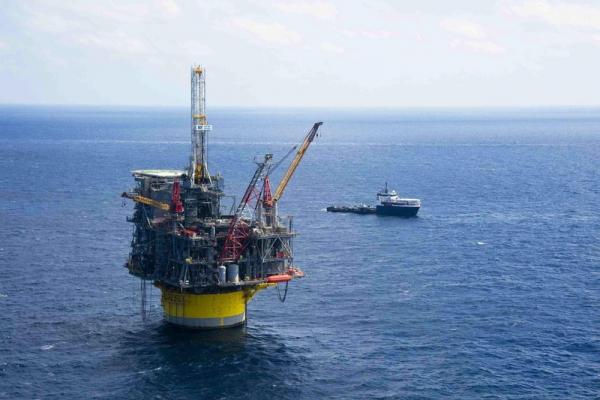
Oil Prices Drop 1% Amid Persistent US Inflation and Reduced Geopolitical Risk by Reuters
By Georgina McCartney
HOUSTON (Reuters) – Oil prices fell by 1% on Tuesday as persistent U.S. inflation is expected to lead to prolonged higher interest rates, resulting in reduced fuel demand.
Brent futures decreased by 83 cents, or 1%, to close at $82.88 per barrel. Meanwhile, U.S. West Texas Intermediate (WTI) crude for June delivery, which expired on the same day, dropped by 54 cents, or 0.7%, to settle at $79.26. The more actively traded July WTI contract finished lower by 64 cents at $78.66.
The rise in borrowing costs can hinder economic growth and negatively impact oil demand. Phil Flynn, an analyst at Price Futures Group, noted, "The market is very focused on gasoline demand in the U.S. because there are signs that consumers are cutting back due to inflation. Unless this trend reverses, the market suggests a potentially bleak outlook."
In anticipation of the upcoming Memorial Day holiday, marking the start of the U.S. peak summer driving season, retail gasoline prices have dropped for the fourth week in a row to $3.58 per gallon, as reported by the Energy Information Administration.
Additionally, the U.S. government plans to offer nearly 1 million barrels of gasoline from a reserve in the northeastern states, with bids due by May 28.
U.S. diesel prices have also declined, with the EIA reporting a decrease of 5.9 cents over the past week, bringing the price to $3.89 per gallon. Diesel is a crucial refined product for both industry and transportation.
Investors are eagerly awaiting the release of the minutes from the Federal Reserve’s last policy meeting, scheduled for Wednesday, as well as the weekly U.S. oil inventory data from the EIA, also to be released on the same day. Tim Snyder, an economist at Matador Economics, commented, "There is nothing currently pushing prices higher. If we see a slight inventory draw tomorrow, that could support prices in the $78.50 to $80 per barrel range."
According to market sources referencing figures from the American Petroleum Institute, U.S. oil and gasoline inventories increased last week while distillates saw a decline. The API reported a rise in crude stocks by 2.48 million barrels for the week ending May 17, while gasoline inventories rose by 2.1 million barrels, and distillate stocks decreased by 320,000 barrels.
Two Federal Reserve officials stated on Tuesday that it would be prudent to wait several months before considering interest rate cuts to ensure inflation is trending towards the targeted 2%.
In contrast, the economic outlook in Europe appears more optimistic. European Central Bank President Christine Lagarde expressed strong confidence that inflation in the euro zone is under control. The ECB is expected to announce a rate cut on June 6, with officials focusing on future rate trajectories.
The market was largely unaffected by the recent death of Iranian President Ebrahim Raisi in a helicopter crash, a figure viewed as a hardliner and potential successor to Supreme Leader Ayatollah Ali Khamenei.
The structure of the Brent contract is weakening, signaling a softer market and robust supply conditions. The premium of the front-month Brent contract over the second-month contract has narrowed to just 10 cents, its lowest level since January.
 GOOGL
GOOGL  META
META 


